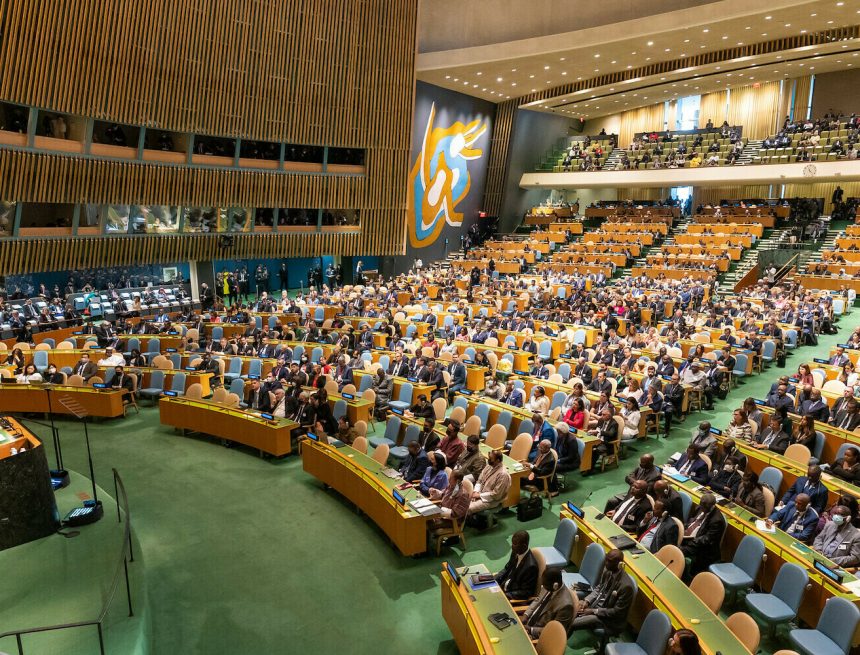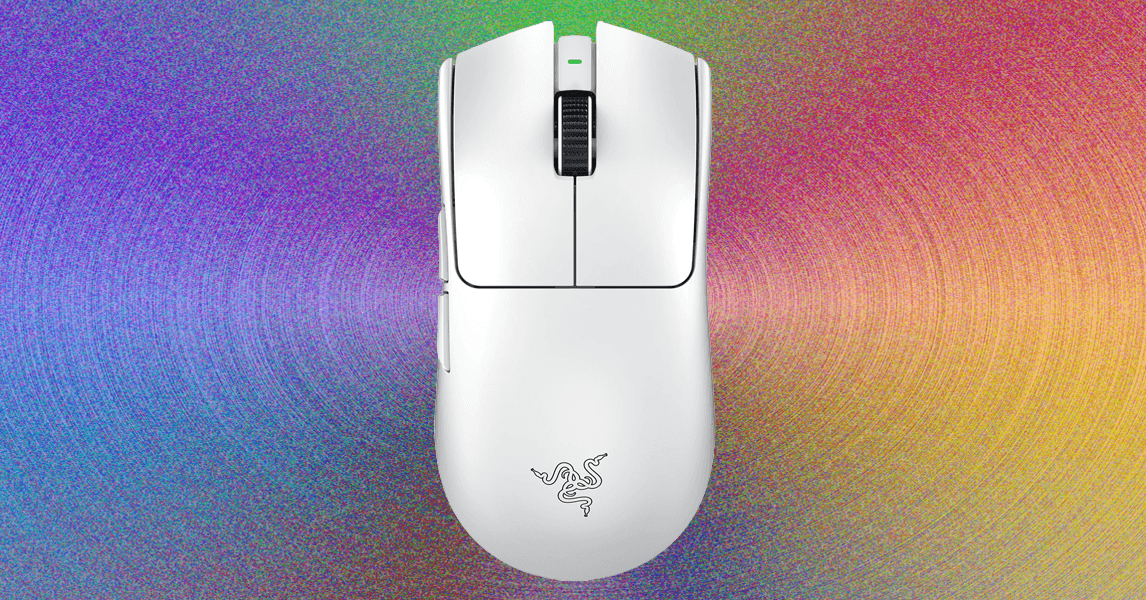Jonathan Jones’s review of Máret Ánne Sara’s installation at Tate Modern in London completely misses the point (13 October). The land the Sámi live in is “quite big”, just as the Turbine Hall is in Jones’s words, but the Sámi do not take over the entirety of their landscape. They live within it.
The “fort” is not a place to “hide”. That is a city-boy reading rather than a deeper understanding of the ancient methods that Sámi families use for herding reindeer in the vastness of their lands, combined with the political realities that surround them. Jones is too close to playgrounds and not close enough to the realities of the Sámi and northern political history.
My Finnish Sámi grandmother often spoke about her approach and reaction to the vastness of Sápmi, bordered as it is between the Russians, the Swedes, the Finns (and the Germans), who have historically brutalised and bullied the Sámi peoples. My Aiti was never afraid of the landscape, but acutely aware of the hostility of those from the outside. In order to survive, one had to be able to quickly move to places of safety and invisibility. No one can disappear into the landscape better than Sámi matriarchs with their children.
Jones criticises the installation’s “coolly decorative” arrangement of “washed and clean” reindeer hides. Reindeer hides have long been appropriated as decorative, but every Sámi home has a clean one – for babies, for warmth, for sleep, for dying on. Not bloody enough for western appetites, perhaps. Certainly not enough for Mr Jones, who suggests that butchering and serving reindeer meat as part of the installation might have improved it.
Lynne Suo
London
I was appalled by Jonathan Jones’s review. Has he ever visited any of the Nordic countries or gone north of the Arctic Circle? My husband, who is Finnish, my daughter and I immediately recognised the representative art of the soul of an Arctic village.
There is something incredibly unique and, in the end, pristine about existence in these Nordic villages. Maybe it is the ultimate quiet that falls upon the forests at times. Everyday life is not silent, but the forest silence after a day’s work is peace. Is art not art unless it includes some gore, an exhibit of violence? The artist has captured the ordered existence necessary for survival in harsh conditions and the peace that comes from living with nature rather than against it.
Margaret Sumner-Wichmann
Questa, New Mexico, US


